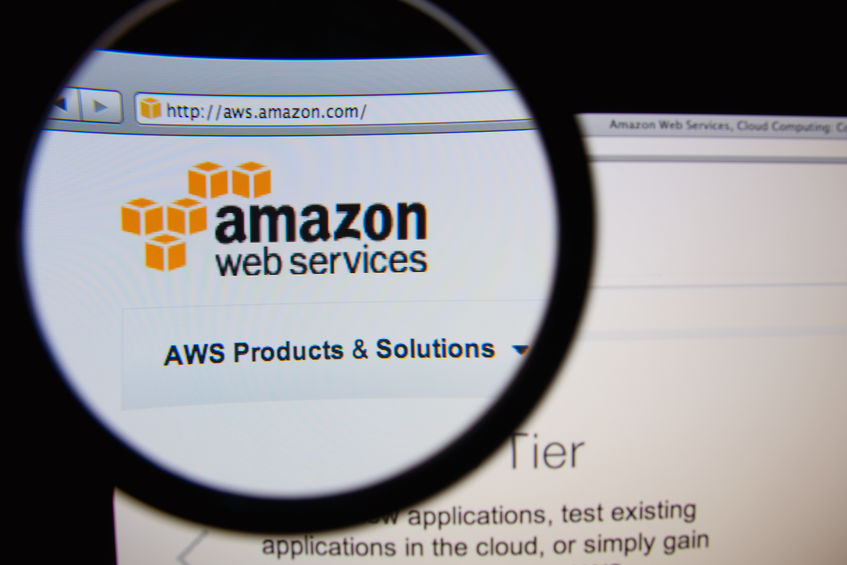Before we start talking about Microsoft Azure, let’s see why such a service exists. It the modern world, almost every company needs their server. They have plenty of tasks to do, computing, data management, storage and more. However, having a massive server in a single location might not be the best option for the company. It means expenses for hardware, for IT specialists and future upgrades. The computing power gets concentrated in a single place, so it is more vulnerable. A solution is a cloud computing service like Microsoft Azure.
Table of Contents
What is Microsoft Azure?
Microsoft Azure is a service that provides cloud computing for building, managing, deploying and testing applications and services. It supports various programming languages. As you expect, it supports Microsoft-specific software, but also different third-party software. It provides three options – infrastructure as a service (IaaS), platform as a service (PaaS) and software as a service (SaaS).
Ready for ultra-fast DNS service? Click to register and see the difference!Experience Industry-Leading DNS Speed with ClouDNS!
Infrastructure as a service (IaaS)
IaaS is a kind cloud computing where a company provides a part of the computer’s resources through virtualization. The user can rent a part of the computer (server) and use it as own. The machine won’t show the complete resources it has, but it will show only the shared with this user resources. Different users can use the same server separately.
The advantage is that users can use a high-end server without purchasing it. Also, it is very easy to upgrade if the user needs more resources.
Platform as a service (PaaS)
PaaS is an environment in which developers can create different applications. It supports many program languages, and it provides the hardware so users can develop and test applications.
The advantage is that it is a complete environment, which lets developers jump into the action by giving them all that they need, including testing tools. It is secure too.
Software as a service (SaaS)
You are probably familiar with Software as a service (SaaS). There are plenty of well-known applications that you are using daily like Dropbox, OneDrive and more that deliver services over the internet. Users can access them through an application or the web browsers, thanks to APIs.
Advantage, the multi-platform approach where users can access their data on different devices.
How to create your CDN using DNS?
How can Azure help your business?
With the IT landscape being continuously shifting and rapidly changing, it is important for your business to keep abreast of all the necessary technological developments and upgrades. For this, you need a platform like Azure which makes adapting easy. The Microsoft Azure ecosystem is rich in functionality. Azure offers 600 services on its platform which you and your business can benefit greatly from. Using these varied services (API Management, Logic Apps, Event Grid, etc.), you can connect any cloud and/or on-premises applications and integrate these applications on Azure to fulfill your business and technical needs.
Microsoft Azure not only allows you to build and deploy predictive analytics solutions but also to process data in real-time from thousands and millions of IoT devices making it easy and convenient for you and your business. If you’re exploring multiple cloud environments, pursuing an AWS Certification can help you understand how similar services work in Amazon’s ecosystem and compare them effectively with Azure’s offerings. Furthermore, Microsoft Azure provides your business real flexibility regarding the applications it can operate and support. Another advantage you get by migrating to Azure is being able to effectively outsource all the hardware as well as platform maintenance to Microsoft. And since you have all this work outsourced, you can now focus on solving real business problems.
Security and compliance in Azure: A comprehensive cloud protection rramework
Security is foundational to Microsoft Azure’s cloud architecture. Microsoft invests over $1 billion annually in cybersecurity and employs thousands of experts dedicated to protecting its cloud infrastructure.
Key security capabilities include:
- Data encryption in transit and at rest, with customer-managed keys available.
- Zero Trust architecture, requiring continuous verification for every access request.
- Threat detection and response through tools like Microsoft Defender for Cloud.
- Advanced identity management with Azure Active Directory and multi-factor authentication.
In addition to technical safeguards, Azure meets over 100 compliance certifications worldwide, such as:
- ISO/IEC 27001
- GDPR
- HIPAA
- SOC 1/2/3
- FedRAMP
These certifications make Azure a strong choice for organizations operating in heavily regulated industries, such as finance, healthcare, and government. Moreover, Microsoft follows a shared responsibility model, helping customers secure their applications and data while Azure secures the underlying infrastructure.
Integrating Azure with Microsoft services: A unified cloud ecosystem
A major advantage of Microsoft Azure is its seamless integration with the broader Microsoft ecosystem. Organizations already using Microsoft 365, Teams, or Dynamics 365 will find that Azure enhances these tools without requiring complex reconfiguration or training.
Key integration benefits include:
- Unified identity and access management with Azure Active Directory, providing single sign-on and role-based access across services.
- Connected workflows through Power Platform (Power BI, Power Automate, Power Apps), allowing users to build dashboards, automate tasks, and create custom applications – all powered by Azure’s backend.
- Developer support through integrated tools like Visual Studio, GitHub, and Azure DevOps, streamlining the development lifecycle with cloud-native CI/CD pipelines. Additionally, Azure provides a range of DevSecOps tools that help embed security practices directly into the development process, ensuring that applications are secure from the outset and throughout the lifecycle.
This tight ecosystem reduces operational overhead, improves security consistency, and helps organizations adopt cloud services faster with minimal disruption. Azure doesn’t just coexist with Microsoft services – it extends and enhances them.
Conclusion
Microsoft Azure provides a huge versatility. You can use it in many different ways. It is relatively easy to set up (depending on the complexity of the task you need), and it is easy to scale. Azure doesn’t require a purchase of hardware, but it uses a subscription model that might be expensive for some.
It also has some disadvantages. It is an ecosystem that has many services so it can take a long time before you train your IT staff. Also choosing this platform, you might have a hard time in the future if you decide to migrate to another similar service like Amazon Web Services (AWS) or Google Cloud Platform.
You really need to know for what do you need Azure. It is big, and it might be expensive. Take your time thinking about your need first, before you take a decision.





